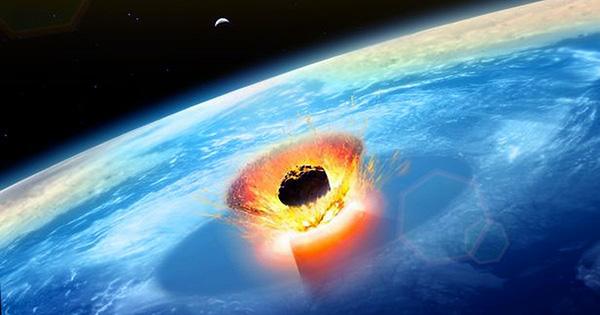The amount of light coming from the sky, particularly at night, is referred to as sky brightness. Sky brightness is affected by several factors, including location, time of day, and atmospheric conditions. It refers to how the sky appears to the eye and how it scatters and diffuses light. It is easy to see that the sky is not completely dark at night. Only direct starlight would be visible if all light sources (such as the Moon and light pollution) were removed from the night sky.
The brightness of the sky varies greatly throughout the day, as does the primary cause. When the Sun is above the horizon during the day, direct scattering of sunlight is the overwhelmingly dominant source of light. During twilight (the duration after sunset or before sunrise until or since, respectively, the full darkness of night), the situation is more complicated, and a further differentiation is required.
Here are a few key aspects:
(a) Natural Light Sources:
- Daytime Sky Brightness: During the day, the sky appears bright due to sunlight scattering in the Earth’s atmosphere. The brightness can vary based on factors such as cloud cover, air quality, and the sun’s position in the sky.
- Nighttime Sky Brightness: At night, the sky can still be illuminated by natural sources such as the moon and stars. The brightness of the night sky is affected by the phase of the moon, the presence of clouds, and the amount of artificial light in the environment.
(b) Artificial Light Pollution:
- Urban Sky Glow: Light pollution from cities can create a phenomenon known as urban sky glow, where artificial lights scatter and reflect off atmospheric particles, causing the night sky to be brighter than it would be in a more rural or remote location.
- Light Trespass: This occurs when artificial light spills over into areas where it is not needed or wanted, contributing to the overall brightness of the night sky.
(c) Atmospheric Conditions:
- Aerosols and Particles: The presence of aerosols, dust, and other particles in the atmosphere can scatter and absorb light, affecting sky brightness.
- Weather Conditions: Cloud cover, humidity, and atmospheric stability can influence the amount of light reaching the Earth’s surface and, consequently, the brightness of the sky.
Twilight (dawn and dusk) is divided into three 6° segments that represent the Sun’s position below the horizon. The center of the Sun’s disk appears to be between 1/4° and 6° below the horizon at civil twilight. The Sun’s altitude at nautical twilight is between -6° and -12°. The Sun is between -12° and -18° at astronomical twilight. When the Sun’s depth exceeds 18°, the sky generally reaches its darkest point.
The intrinsic brightness of the night sky is caused by airglow, indirect scattering of sunlight, scattering of starlight, and light pollution.
















